NASA OSIRIS-APEX set for unprecedented solar approach on mission to asteroid Apophis
NASA's OSIRIS-APEX spacecraft, formerly OSIRIS-REx, prepares for a historic solar approach to reach asteroid Apophis, aiming to study its orbit, spin, and surface effects.
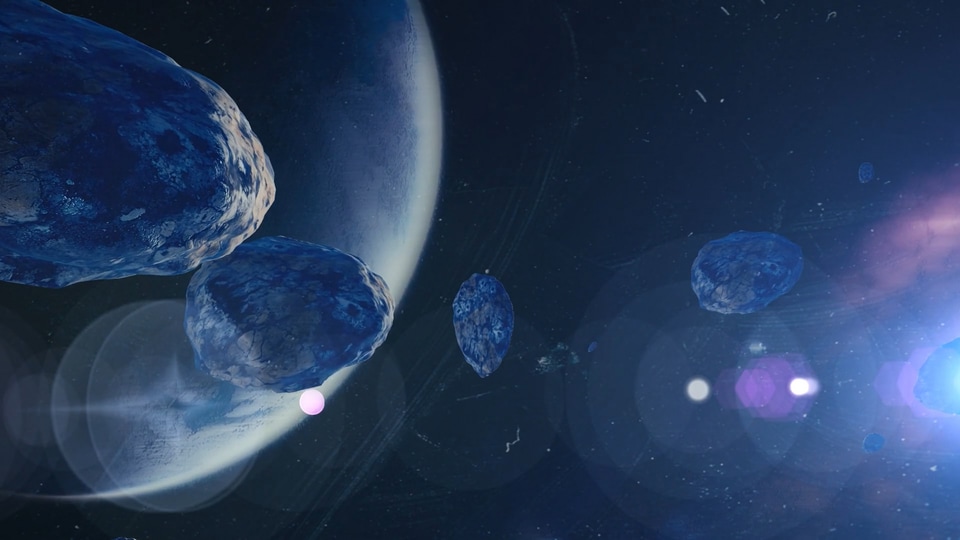

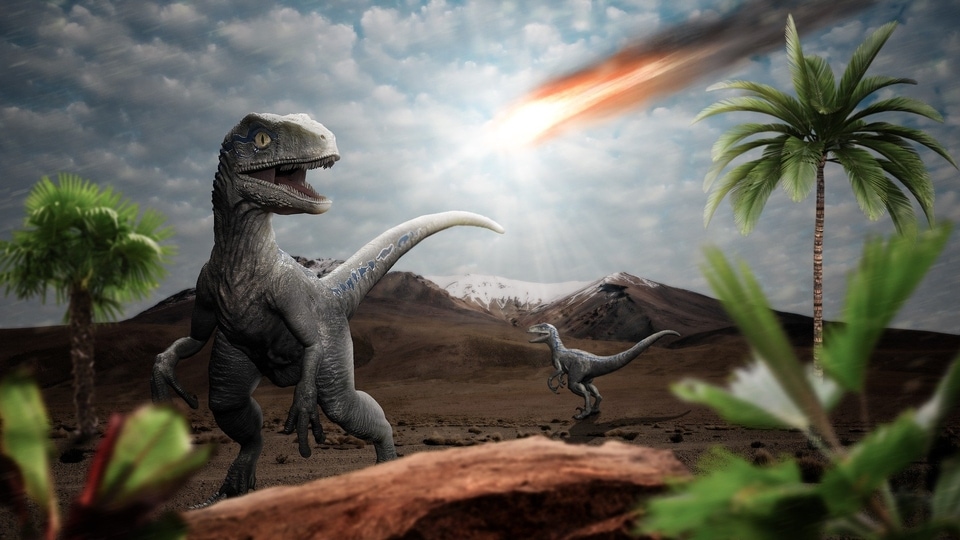
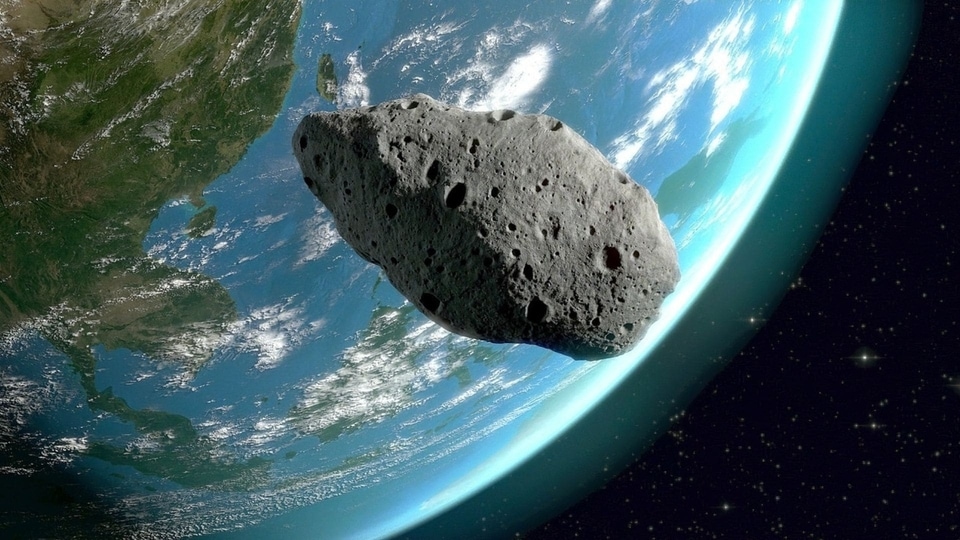
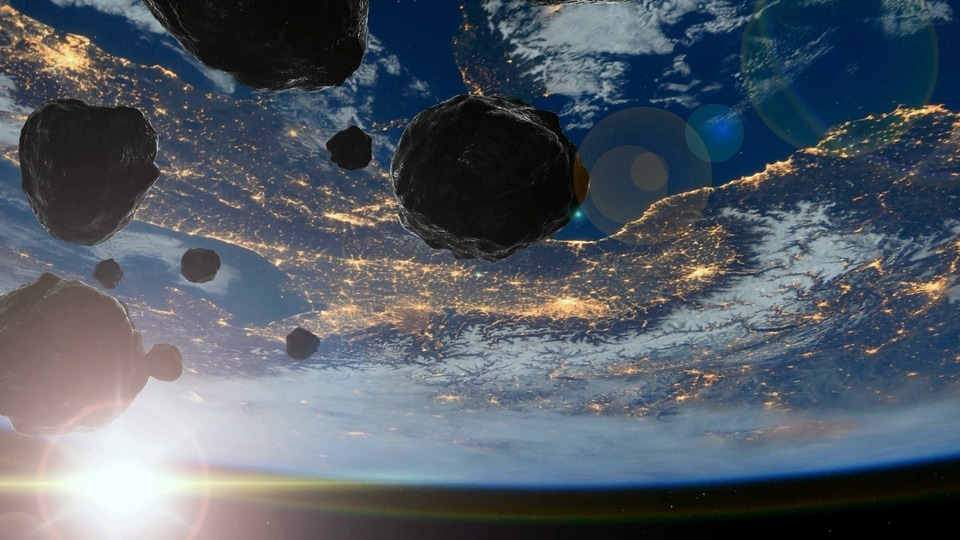
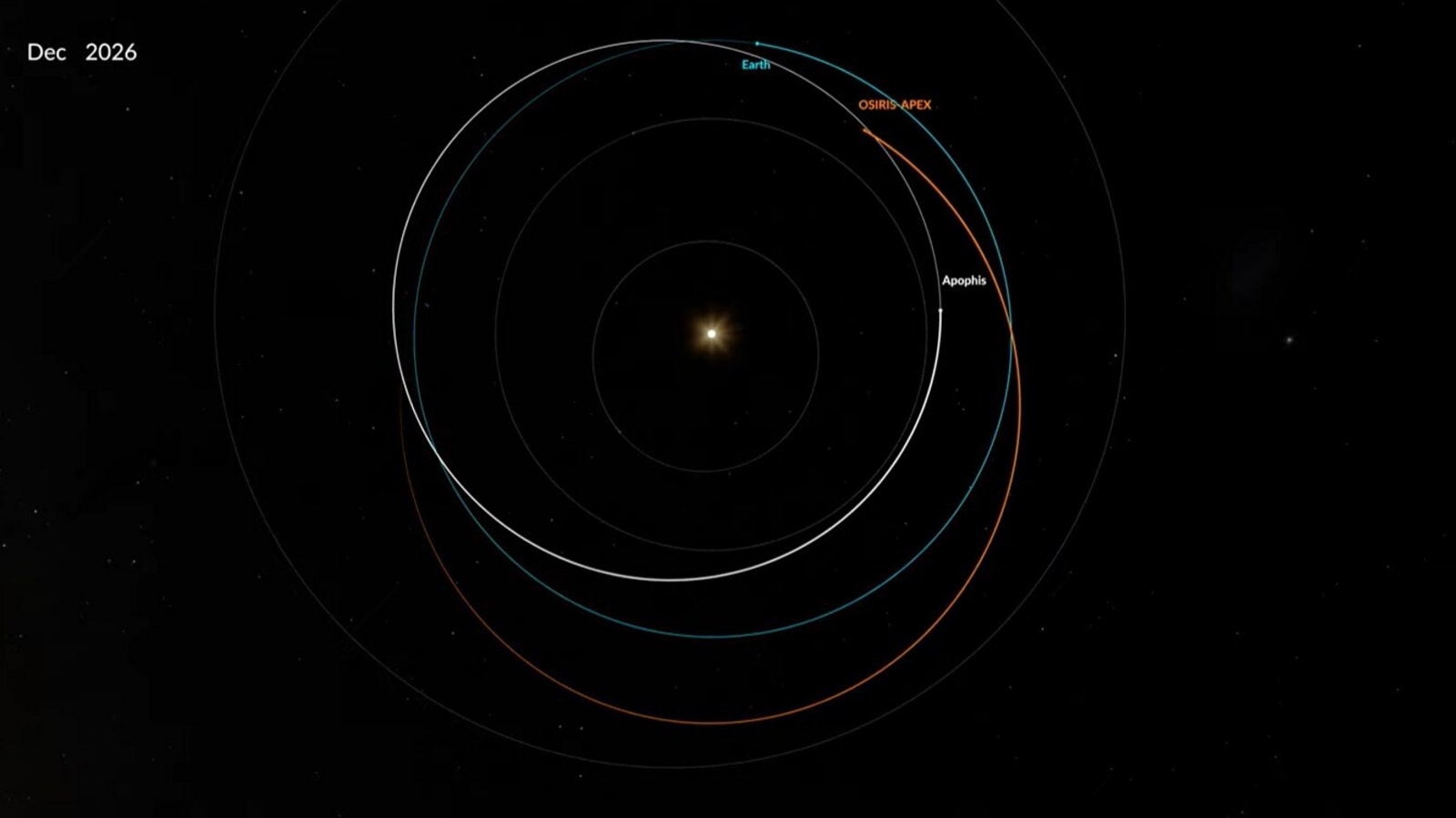
 View all Images
View all ImagesNASA's OSIRIS-APEX spacecraft, formerly known as OSIRIS-REx, is actively preparing for a groundbreaking solar approach, bringing it closer to the Sun than ever before as it targets the asteroid Apophis. The spacecraft's closest approach, referred to as perihelion, is set for January 2, 2024, positioning OSIRIS-APEX approximately 46.5 million miles away from the Sun. This distance is roughly half the span between Earth and the Sun and well within the orbit of Venus. NASA has highlighted that this close encounter will subject the spacecraft's components to higher temperatures than originally designed.
OSIRIS-REx to OSIRIS-APEX
Following the successful delivery of the Bennu sample to Earth on September 24, 2023, OSIRIS-REx transitioned into a new mission. The team proposed an additional mission to Apophis, giving rise to OSIRIS-APEX, an acronym for Origins, Spectral Interpretation, Resource Identification, and Security - Apophis Explorer. Also read: Big setback for NASA CAPSTONE launch to Moon!
Sandy Freund, the OSIRIS-APEX program manager at Lockheed Martin Space in Littleton, Colorado, emphasised the team's creativity during the spacecraft's flight, pushing boundaries to meet mission requirements. To prevent overheating during the solar approach, the spacecraft will maintain a fixed orientation relative to the Sun. Additionally, one of its solar arrays will be repositioned to shield the most sensitive components, a configuration deemed safe according to thermal models.
Dani Mendoza DellaGiustina, principal investigator for OSIRIS-APEX at the University of Arizona, Tucson, stressed the extensive modelling undertaken to ensure the spacecraft's safety. However, DellaGiustina acknowledged the inherent risks when surpassing the design criteria for space flight hardware.
OSIRIS-APEX's Mission After the Solar Encounter
Asteroid Apophis is anticipated to come within 20,000 miles (32,000 kilometres) of Earth in 2029. OSIRIS-APEX is slated to enter Apophis' orbit shortly after this close approach to assess the impact on the asteroid's orbit, spin rate, and surface. Notably, observers in the Eastern Hemisphere will have the opportunity to witness Apophis with the naked eye.
The upcoming perihelion marks the initial stage of OSIRIS-APEX's ambitious mission, involving six close Sun passes and three Earth gravity assists. These manoeuvres are strategically planned to culminate in OSIRIS-APEX reaching Apophis in April 2029.
Discovered in 2004, Apophis was initially categorised as one of the most hazardous asteroids with the potential to impact Earth. However, it has since been removed from the impact risk list.
Catch all the Latest Tech News, Mobile News, Laptop News, Gaming news, Wearables News , How To News, also keep up with us on Whatsapp channel,Twitter, Facebook, Google News, and Instagram. For our latest videos, subscribe to our YouTube channel.




























